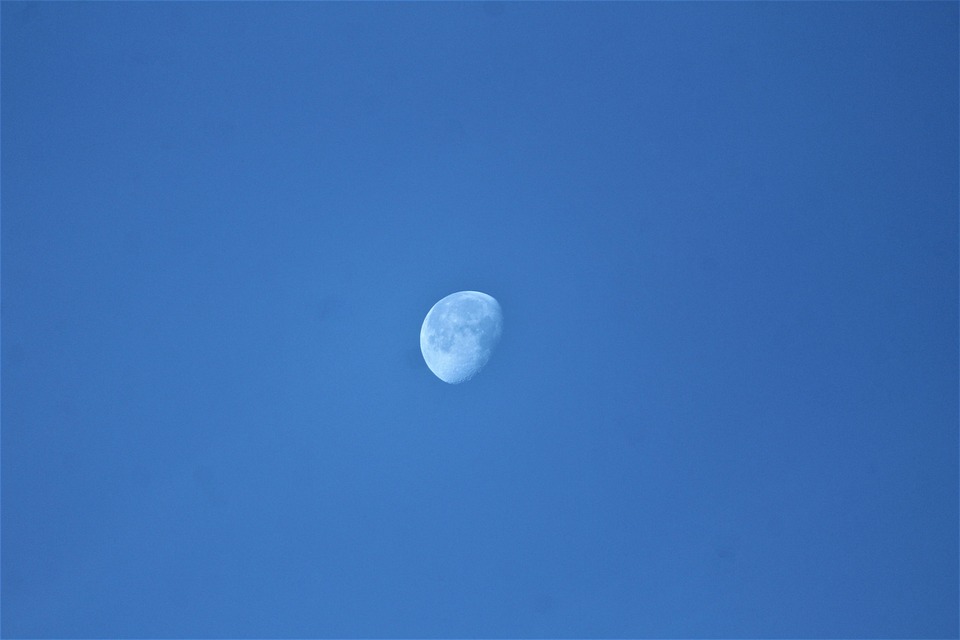The moon has long been a source of fascination and mystery, with its gravitational pull having a profound impact on the Earth’s tides. However, recent research suggests that the moon’s influence may extend far beyond the ocean’s waves, potentially affecting the human body’s hormonal balance and fertility. In this article, we will delve into the fascinating world of lunar cycles and their potential impact on human reproduction.
The Lunar Cycle and Hormonal Balance
The lunar cycle, which lasts approximately 29.5 days, has been observed to coincide with the human menstrual cycle in many women. This phenomenon, known as the “lunar synchrony” or “menstrual synchrony,” suggests that the moon’s gravitational pull may be influencing the body’s hormonal balance, particularly the release of estrogen and progesterone. These hormones play a crucial role in regulating the menstrual cycle and fertility.
The Science Behind Lunar Fertility
Studies have shown that the full moon and new moon phases, which occur when the moon is at its fullest and darkest, respectively, can have a significant impact on the body’s hormonal balance. During these phases, the moon’s gravitational pull is at its strongest, potentially affecting the release of hormones such as estrogen, progesterone, and testosterone. This, in turn, may influence fertility, with some research suggesting that the full moon phase may be the most fertile time for women.
How the Moon’s Gravitational Pull Affects Fertility
The exact mechanisms by which the moon’s gravitational pull affects fertility are still not fully understood. However, several theories have been proposed, including:
- Tidal Hormone Theory: This theory suggests that the moon’s gravitational pull causes a subtle shift in the body’s hormonal balance, leading to an increase in fertility during the full moon phase.
- Menstrual Synchrony Theory: This theory proposes that the lunar cycle influences the timing of the menstrual cycle, with women experiencing a surge in fertility during the full moon phase.
- Circadian Rhythm Theory: This theory suggests that the moon’s gravitational pull affects the body’s internal clock, leading to changes in hormone release and fertility.
Practical Applications of Lunar Fertility
While the scientific evidence is still emerging, many women are already using the lunar cycle to inform their fertility planning. By tracking the lunar cycle and timing intimacy during the full moon phase, some women report an increase in fertility and a greater sense of connection to their bodies and the natural world.
In addition to its potential impact on fertility, the lunar cycle may also influence other aspects of reproductive health, such as:
- Menstrual Regularity: The lunar cycle may help regulate menstrual cycles, reducing symptoms of PMS and improving overall reproductive health.
- Hormonal Balance: The moon’s gravitational pull may help balance hormone levels, reducing the risk of hormonal disorders such as polycystic ovary syndrome (PCOS).
- Conception and Pregnancy: The lunar cycle may influence the timing of conception and pregnancy, with some research suggesting that the full moon phase may be the most fertile time for women.
Conclusion
The moon’s gravitational pull may have a profound impact on human hormones and fertility, with the lunar cycle potentially influencing everything from menstrual regularity to conception and pregnancy. While the scientific evidence is still emerging, many women are already using the lunar cycle to inform their fertility planning and improve their reproductive health. Whether you’re trying to conceive or simply seeking a deeper connection to your body and the natural world, the fertile tides of the moon may hold the key to unlocking your full potential.
For more information on lunar fertility and reproductive health, visit our website or consult with a healthcare professional.


Leave a Reply